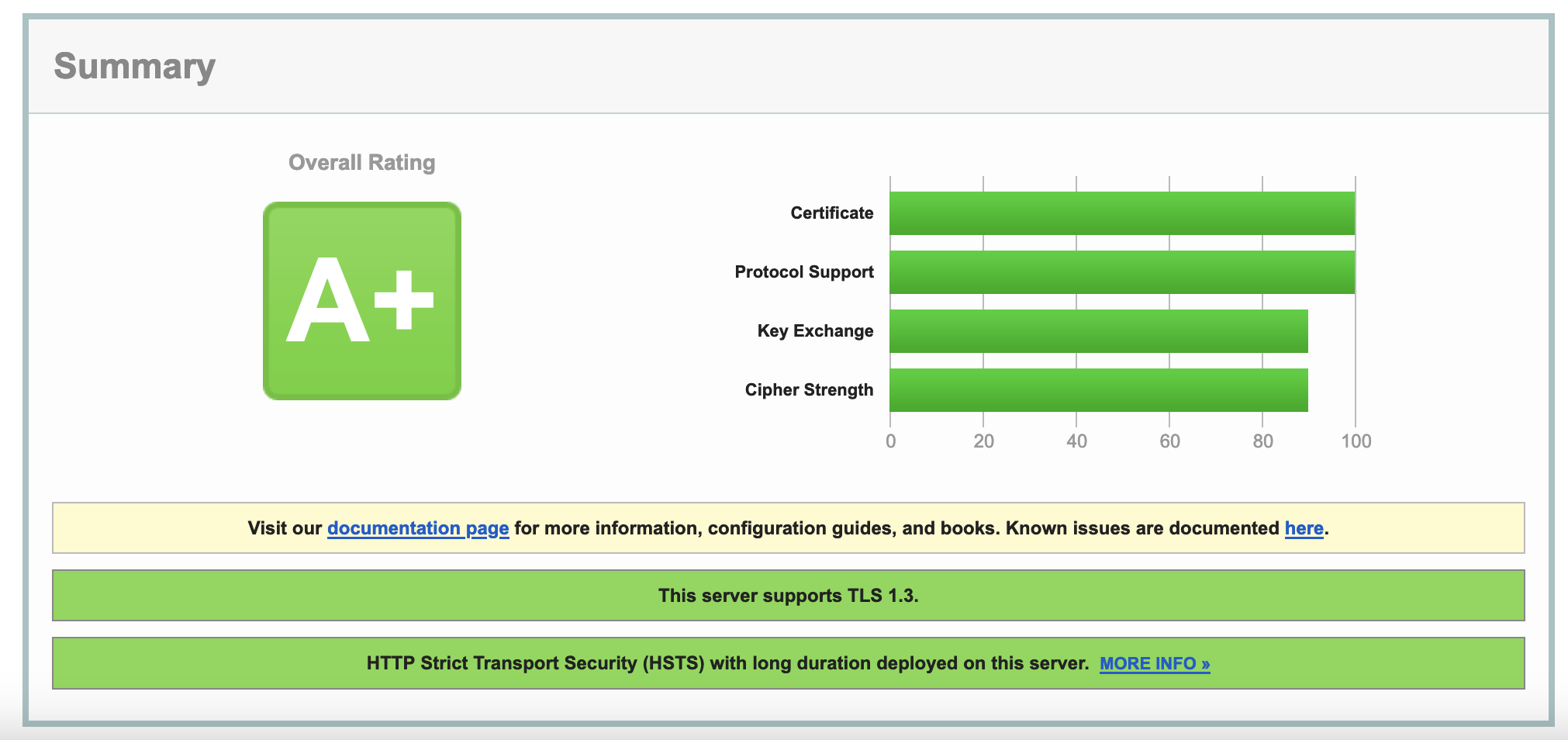Email communication is indispensable in today’s fast-paced, digitally-driven healthcare world. Unfortunately, for healthcare organizations, cyber criminals are aware of this too, which is why email-based cyber threats, such as unauthorized access, PHI exposure, phishing and ransomware, remain as prevalent as ever. A Secure Email Gateway can help, providing a security solution that sits between an organization’s email server and the outside world to monitor, filter, and control all incoming and outgoing email traffic.
As healthcare companies learn to recognize and mitigate email security threats, malicious actors grow more sophisticated, developing new ways of breaching organizations’ email security measures. In light of this, healthcare companies must find ways to better safeguard the electronic protected health information (ePHI) within their IT infrastructure, especially for email. Not only will this help maintain operational consistency, delivering high-quality and expedient service to their patients and customers, but it helps them comply with the regulatory guidelines mandated by the Health Insurance Portability and Accountability Act (HIPAA).
A secure email gateway provides an excellent solution to the problem of an evolving email cyber threat landscape, without a healthcare company having to make significant changes to their IT infrastructure. So, with this in mind, this post explores the concept of secure email gateways, how they better safeguard sensitive patient data, and how they support HIPAA compliance efforts.
What Is a Secure Email Gateway?
A secure email gateway is a security tool that filters inbound and outbound email communications to mitigate a variety of email-based cyber threats, including phishing, malware (e.g., ransomware, viruses, etc), PHI exposure, and spam mail.
Effectively providing an additional security layer for your organization’s email accounts, a secure email gateway acts as a checkpoint between its email systems and the internet, enforcing your healthcare company’s security policies and ensuring HIPAA compliance.
How Do Secure Email Gateways Work?
A secure email gateway sits between a company’s email platform (e.g., Microsoft 365, Google Workspace) and external email traffic, scanning messages for potential malicious activity and security policy violations.
When sending an outbound email, the message is encrypted before being passed onto the recipient. This prevents the exposure of any ePHI contained in the email, in the event of its interception. Without the encryption key, the email is rendered unreadable by cyber criminals, ensuring data privacy and regulatory compliance. By the same token, depending on its nature, the secure email gateway may automatically archive the email to help satisfy compliance requirements for message retention – something that will be all the more important when the updated HIPAA Security Rule comes into effect in later 2025.
Conversely, for incoming traffic, a secure email gateway utilizes filtering tools to identify and quarantine suspicious messages. By preventing potentially malicious messages from reaching employee inboxes, a gateway reduces instances of phishing, malware installation, credential compromise – and any email cyber threat that requires human error or negligence.
When Should You Opt For a Secure Email Gateway?
The key reason to opt for a secure email gateway solution is that you want to enhance your company’s email security without replacing your existing email infrastructure.
A key advantage offered by secure email gateways is that they’re easy to install, manage, and use. This keeps the administrative burden on a company’s IT and operations departments to a minimum while still achieving the key objectives of boosting email security and aiding compliance efforts.
More specifically, installing a secure email gateway can be an easy solution for healthcare care companies looking to quickly achieve HIPAA compliance for email. By simply sitting on top of a company’s existing email service, like Microsoft 365 or Google Workspace, a secure email gateway can be easier for IT teams to install and maintain, especially for smaller companies and organizations. Additionally, employees won’t require additional training or have to make any adjustments: they can simply keep using their existing email accounts without interruption.
Enhance Your Email Security Posture With Luxsci’s Secure Email Gateway
LuxSci’s Secure Email Gateway can be easily integrated with Microsoft 365, Google Workspace, or your on-premise email client to better safeguard ePHI and ensure HIPAA compliance – with zero disruption to your current systems, employees, or your quality of service.
Using LuxSci’s proprietary SecureLine encryption technology, our Secure Email Gateway solution automatically encrypts every email, protecting sensitive patient data without the need for explicit employee intervention before sending the message.
Want to know more about how HIPAA compliant email will boost your security and compliance? Contact us to learn more and get started!










